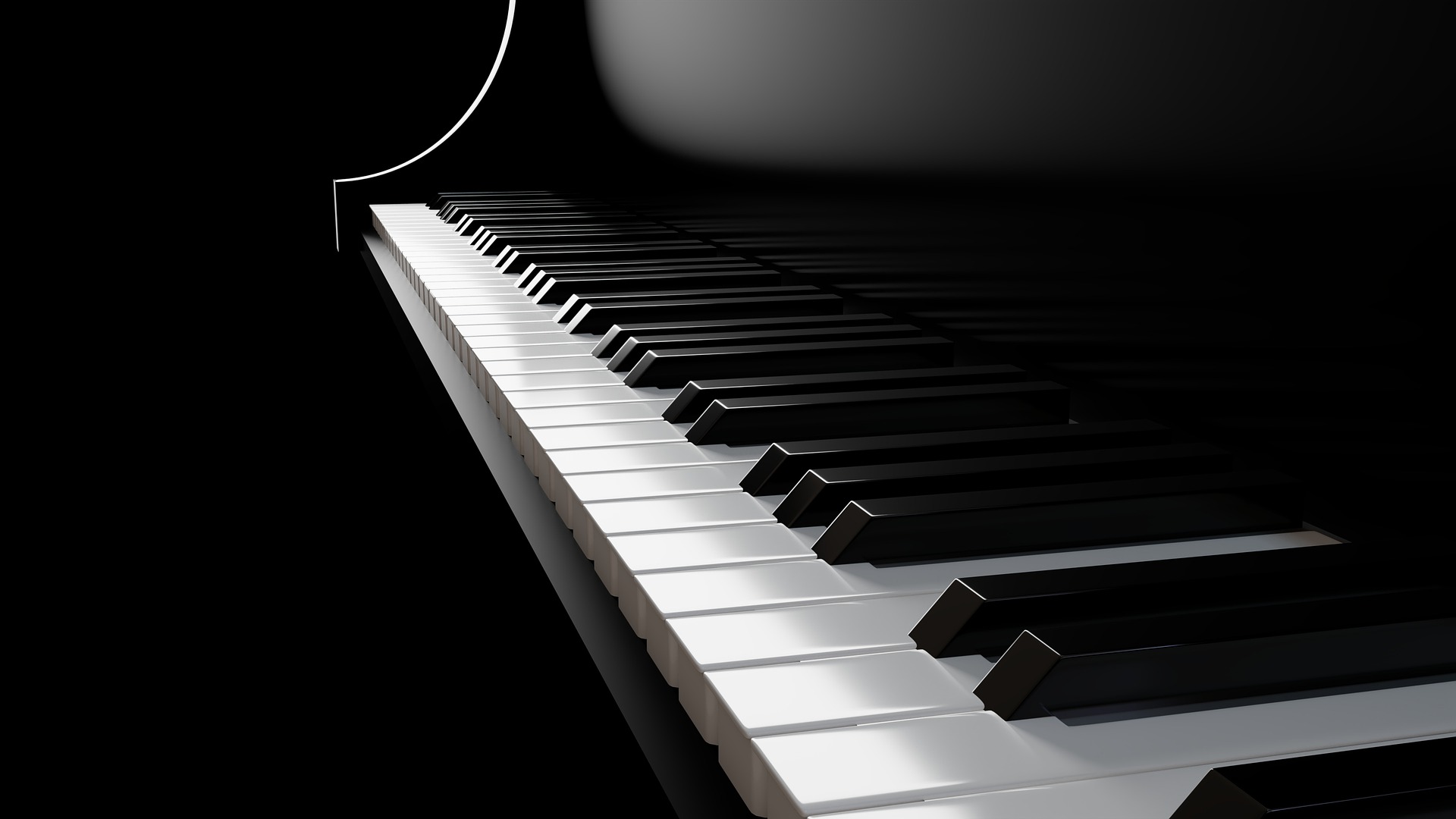When it comes to choosing a piano, it’s crucial to understand the exact type of instrument you need, so that it can serve you better. There are various types of digital pianos and one of them is the stage piano. A digital piano is an electronic musical instrument designed to mimic the functions of an original or acoustic piano.
Digital pianos have grown in popularity over the years since most piano manufacturers began making them back in the 70s until today. The stage piano is derived from digital pianos and it’s meant to specifically serve pianists who are always performing on stage. This post will have an in-depth look at these two types of pianos to help you understand how they differ.
Digital Piano

A digital piano is a popular musical instrument used instead of an acoustic piano. This fine piece of equipment is ideal to use at home or anywhere you go, provided it’s portable. Unlike an acoustic piano, a digital piano takes up less space and it’s pretty easy to use. However, some digital pianos are too complex for beginners to use.
The good thing about digital pianos is that they come in different designs suitable for a variety of applications. Most people when they hear of a digital piano, tend to think about a “home piano.” However, digital pianos are also large and sometimes resemble acoustic pianos. Digital pianos are also made of wood and they are good alternatives to classic pianos.
Types of Digital Pianos
Digital pianos come in different types, sizes, and features. Here are some of the common types you need to know about.
1. Traditional Digital Piano
This type of digital piano closely resembles an electronic organ’s console or a spinet harpsichord. However, a traditional digital piano has a stand rather than the fully enclosed lower section. Some models are derived from the casework of traditional upright pianos with a fully enclosed bottom part. And metallic weighted sustain and soft pedals, which resemble traditional piano pedals.
2. Upright Digital Piano
An upright digital piano is a traditional sub-type of traditional digital piano, which offers a more classical design closely resembling an acoustic upright piano. An upright digital piano is mainly ideal for home use and is normally more costly than other types due to its expensive wooden case. Some high-end models mostly use piano-style wooden keyboards, instead of regular plastic keyboards.
ALSO READ: Are Roland Digital Pianos Better than Yamaha?
Stage Piano

A stage piano is an electronic musical instrument that you can use in live performances in a studio or stage. You can also use it for music recording in jazz and other popular music genres. Stage pianos tend to share similar features as digital pianos and synthesizers. However, several features set stage pianos apart. One of the features is sound – they have a smaller number of sounds such as acoustic, Hammond organ, and electric piano.
But the sounds of stage pianos are high-quality than sounds found in digital pianos and synthesizers. Stage pianos are also portable and also come with a detachable stand. They lack an internal amp or speakers but they include an output jack. They also include a detachable sustain pedal plugged into a jack. Therefore, you can easily remove all the detachable parts in a stage piano. This makes it easier to transport it to rehearsals and gigs.
Digital Piano vs Stage Piano – Which Is the Best Choice?
First of all, note that a stage piano is easy to use in a studio or live stage performances. Therefore, when it comes to choosing either a digital piano or a stage piano, it’s essential to know your priorities.
What are you intending to use the piano for? If you want a piano to use at home for practice and to improve your playing skill, then a simple digital piano is the best option to consider. However, if you are a regular performing pianist, who requires a piano to use whenever you want to perform in the studio or live on stage in front of audiences, then a stage piano is suitable for you.
Conclusion
The comparison of digital piano vs stage piano requires your utmost consideration of the type of keyboard you deem fits your needs. You have to understand why you require a piano and the service you want the instrument to provide. We hope this comparison has offered you the information you need to understand the differences between these two types of musical instruments.
If you have any questions or feedback, feel free to reach out to us through email.



